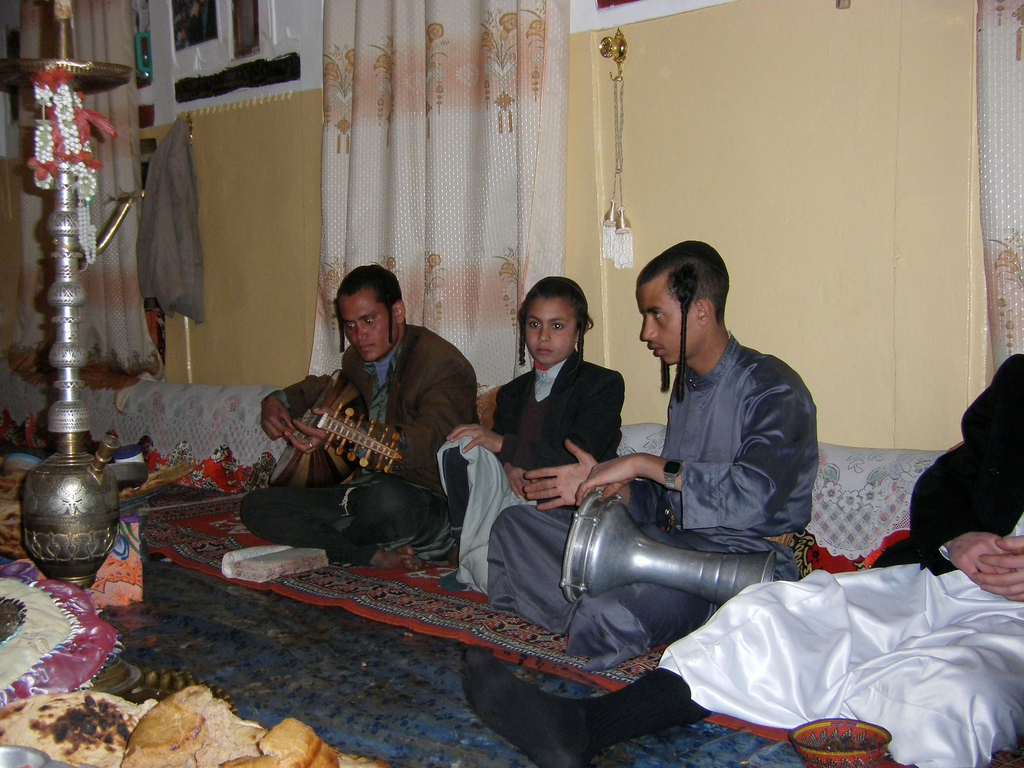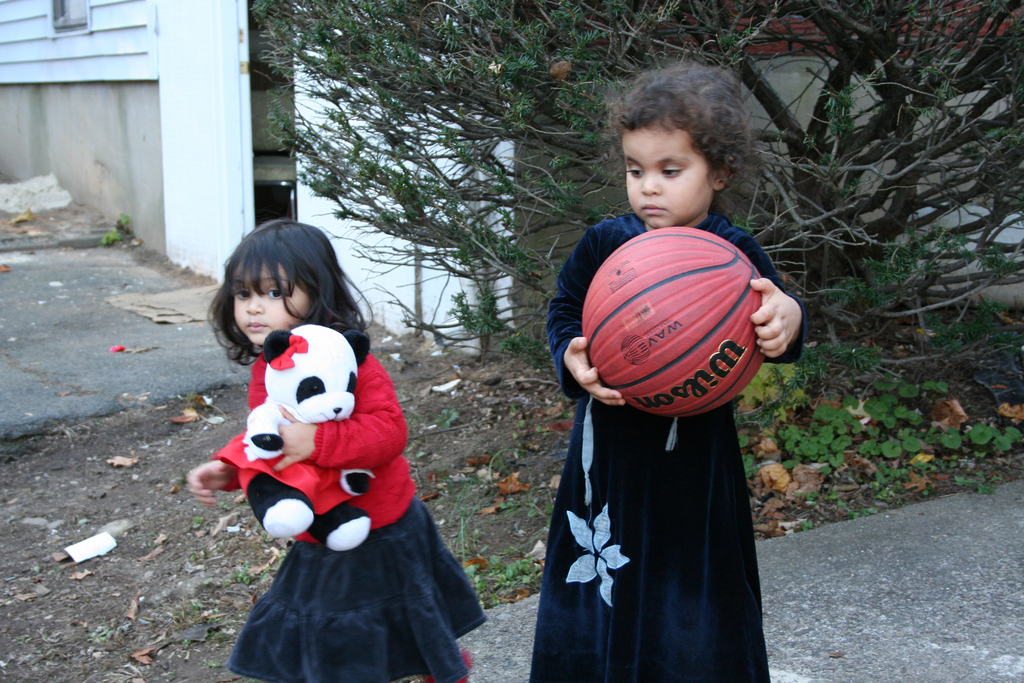Far from Yemen
Yemenite Jews struggle to find a new home in Monsey
By Michael Orbach
Issue of November 13 2009/ 26 Cheshvan 5770Zohar Qafni rubbed his forehead, which bears scars from rocks thrown at him by Muslims in Yemen."We are grateful to America that saved us from Arabs," he said in Arabic as several of his children played around a car in rural Monsey, NY. The boys were dark skinned with long curling sideburns, which Jews from Yemen call simonim (signs). Qafni earned a living in Yemen making shoes by hand. He said he hopes to continue practicing his trade in America.
Shukri Karni, who sheared sheep in Yemen, said he came because three of his ten children were already living in Monsey.
"Nobody forced me to come," he said, while watching two of his children play in the grass with a piece of plastic. They made faces at their father until he growled at them. Karni still has a house in Yemen that he hopes to sell within the next few months; in Monsey, he spends most of his time learning with the rabbi of the Yemenite shul located in the basement of a small house.
"I want my children to be Yemenite and study Torah," he explained.
Both Qafni and Karni were brought out of Yemen three months ago during a covert operation carried out by the State Department, first revealed two weeks ago in the Wall Street Journal. 60 Yemenite Jews were resettled and 100 more may be expected, the Journal reported. The operation followed a rise in Islamic fundamentalism in Yemen and mounting harassment of the Jewish population; in 2007 the Houthi, a Shiite religious group, threatened the Jewish population of the town of Saana. In December of 2008, a retired Air Force pilot shot and killed Rabbi Moshe Nahari, a well-known community leader.
Yemen's Jewish community is believed to be one of the oldest in existence; tradition says that Jews settled in Yemen during the time of Solomon. The majority of the Yemenite Jews speak Arabic and biblical Hebrew. While Yemen is not a primitive society, it lags technologically behind the Western world. Most of the Jewish population made their living as tradesmen.
On a warm Sunday afternoon, a gold-colored minivan sped along Monsey’s winding roads making stops to deliver cases of bottled water, canned peanut butter, potatoes and hamentashen to the Yemenite families. Outside one home, two women emerged from the van, covered head to toe in burkahs and headscarves. These newest refugees are being resettled through the work of FEGS, the Hebrew Immigrant Aid Society, and the United Jewish Organizations of Williamsburg, an umbrella group based in the Satmar community.
In the words of Reuven Schwartz, an activist who has visited Yemen and spent this past Sunday giving out basketballs to Yemenite children, who filled the streets, "They went from year five to 2009."
While the majority of Yemen's Jewish residents flew to Israel during Operation Magic Carpet in 1949, several thousand remained. Many Jews left in 1991 when they were finally granted the right to travel out of Yemen; only a few hundred were left behind. The Wall Street Journal estimated 350 Jews lived in Yemen before the latest airlift. In a sense, this most recent emigration sounded the death knell of the Yemenite Jewish community in Yemen. Now, the question becomes how to preserve the now-homeless community.
Settling the latest group of refugees in Monsey will be easier than past resettlements, given that a Yemenite community already exists there. However, the vanguard Yemenite group, which arrived piecemeal over several years on student and religious visas obtained by Chasidic organizations, has its own handicaps. By and large its members have not integrated into mainstream Jewish society; few speak English, and most are unable to work due to questionable legal status.
"You can't build a community of new arrivals on a community that doesn’t have the proper foundation," said Rabbi Yair Yaish, an attorney from Lawrence and the president of the Yemenite Jewish Federation of America.
"This as an opportunity to basically merge the two communities and build a strong foundation that will help the new arrivals and, concurrently, help those that are already there," he explained, "and hopefully elevate those that fell through the cracks and make sure the new arrivals don’t meet the same fate."
“It’s an opportunity for the Jewish people to maintain a unadulterated tradition that dates back thousands of years.”
Robert Simin, president of the Yemenite Settlement Project, said the latest Jewish influx differs from those that preceded it.
"Soviet Jewry came from relatively western society and a lot of them were educated. This is a completely different situation; these people don't have any of the cultural background that will translate into 'succeeding' in America. By succeeding, I mean independently raise a family in the tradition that they choose — their own taymani [Yemenite] traditions," Simin said. "If you were to look at it by sheer numbers, it'll require a lot of money."
Simin said that he is working to set up a Yemenite school, with Yemenite teachers.
"The ultimate goal is to create an independent, flourishing taymani community, not just of taymani people but of taymani culture and traditions."
For the moment, it seems that the Yemenites in Monsey are once again strangers in a strange land. At four o'clock in the Yemenite shul, ten men and half-a-dozen children gathered to daven Mincha and Maariv, chanting the prayers aloud in unison. A four-year-old played games while pretending to look through a book on shechitah (ritual slaughter), until his father boxed his ears. After the prayer service, the rabbi of the shul rounded up the children to teach them to read Hebrew. One young Yemenite child lingered behind and seized a reporter's notebook and pen. On a blank piece of paper he drew a triangular house and a road leading up to it: a home of sorts.

 48.0°,
Light Rain
48.0°,
Light Rain 









